Terrence Malick and the Thought of Film
Terrence Malick and the Thought of Film
Steven Rybin
Lexington Books
Lanham Boulder New York Toronto Plymouth, UK
Published by Lexington Books
A wholly owned subsidiary of The Rowman & Littlefield Publishing Group, Inc.
4501 Forbes Boulevard, Suite 200, Lanham, Maryland 20706
www.lexingtonbooks.com
Estover Road, Plymouth PL6 7PY, United Kingdom
Copyright 2012 by Lexington Books
First paperback edition 2013
All rights reserved. No part of this book may be reproduced in any form or by any electronic or mechanical means, including information storage and retrieval systems, without written permission from the publisher, except by a reviewer who may quote passages in a review.
British Library Cataloguing in Publication Information Available
Library of Congress Cataloging-in-Publication Data
The hardback edition of this book was previously cataloged by the Library of Congress as follows:
Rybin, Steven, 1979
Terrence Malick and the thought of film / by Steven Rybin.
p. cm.
Includes bibliographical references and index.
Includes filmography.
1. Malick, Terrence, 1945Criticism and interpretation. I. Title.
PN1998.3.M3388R93 2011
791.43023'3092dc23 2011031040
ISBN: 978-0-7391-6675-8 (cloth : alk. paper)
ISBN: 978-0-7391-8010-5 (pbk. : alk. paper)
ISBN: 978-0-7391-6677-2 (electronic)
 The paper used in this publication meets the minimum requirements of American National Standard for Information SciencesPermanence of Paper for Printed Library Materials, ANSI/NISO Z39.48-1992.
The paper used in this publication meets the minimum requirements of American National Standard for Information SciencesPermanence of Paper for Printed Library Materials, ANSI/NISO Z39.48-1992.
Printed in the United States of America
Contents
Acknowledgments
Many voices informed the writing of this book, and I can thank only a few of them here. I would like to thank Vladimir Marchenkov, whose guidance in seminar work and in comments on the earliest drafts of this project informed and challenged its philosophical outlook. Additional criticism from Ryan DeRosa, Ghirmai Negash, Charles Buchanan, and Dora Wilson also sharpened my perspective and informed the revision of the manuscript. I would also like to thank Alessandra Raengo for giving me the opportunity to present material from this book in one of her graduate seminars at a crucial juncture in my revision of the text; Jason Roberts for his comments on an earlier version of the introduction; and Keith M. Harris for his support of my scholarship during my first year as a doctoral student. Many other friends and colleagues also helped sharpen my critical perspective on film and philosophy over the years, including vg Gke, Chris Koch, Sung-Chul Oh, Adam Gustafson, Taik Lim, and Matthew Conboy.
Most importantly, I thank Jessica Belser for her invaluable encouragement and loving words of wisdom during the years in which I researched and wrote this study.
This book is dedicated to my parents, Jerry Rybin and Therese Rybin, for all of their love and support (and, of course, for taking me to the movies when I was a kid).
An earlier version of the first chapter appeared in Terrence Malick: Film and Philosophy , ed. by Thomas Deane Tucker and Stuart Kendall 2011, Continuum International Publishing Group.
Cover Image Photofest New York
Introduction
A teenager named Holly, on the run from the law, looks at a series of images through a stereopticon. The subjects of these photographsa canal, the Sphinx, a steamboat in a lake, a group of women from the Victorian period, an anonymous family standing together on a lawnhave no inherent connection to one another, but they offer Holly a path toward her own story, one that might stitch together these disparate visual slices of the world into meaning. Looking at the images, Holly has thoughts she appears never to have had before: It hit me that I was just this little girl, born in Texas, whose father was a sign painter, who had only just so many years to live. This rumination opens up a series of questions in her mind: What if her father had never met her mother? Where would she be if her mother had not died? What will her future husband look like? This young girl, moved by a series of vistas in her viewfinder, would appear on the brink of grasping the potential she has to make meaning from her position in the world. The proto-cinematic device she holds in her hands, at first only a diversion on a journey, enables her to momentarily expand the limits of her imagination.
A younger girl, perhaps 12, named Linda, lives and works in the Texas Panhandle of the late 1910s. During one brief moment she will watch cinema: Charlie Chaplins The Immigrant (1917). There is nothing particularly unusual about her viewing this film; her entire attitude to life might be described as a creative spectatorship. She does not have much control over where she goes or what tasks she is made to do, so those sites where she can exercise her imagination and her powers of thinkingChaplins film is such a siteare especially valuable. Her existence is a difficult itinerant one, but her creativity seems mostly unaffected by the asymmetrical system of labor in which she lives. A listener of folk tales and the teller of her own tale, Linda shapes old texts into new forms, projecting her own narratives onto the faces of people she meets and the land she is called upon to work. In one striking moment, she puts her ear to the ground, listening, and feeling, for its response. She wonders aloud if she might one day be a mud doctor. No doubt this imagined career is just one of many potential beginnings of the alternative story she would like to tell. It is certainly a more just and creative occupation than those otherwise available to her.
From out of the chaos of a battle during World War II stands an unnamed soldier, dazed from the violence of combat. Only his voice-over on the soundtrack transcribes his thoughts that would otherwise slip away in the midst of the death and destruction around him. He is pleading for an unseen, invisible interlocutor to show me to see the world the way you do. In this wish to achieve a dialogue with another human being, the unnamed soldier is quite unlike his colonel, who monologically leads the charge of battle and likens himself to great figures in the myths of Homer. What this soldier would seem to want, in contrast to his superior, is to learn to seeto be taught to see the way another sees. No one will ever know if he learns to see from this unknown and unspecified other perspective; we never see him again. But it is striking that he is so isolated here, given the multitude of points of view and different ways of narrating the experience of war available around him.
An explorer, known from history books as Captain John Smith, leads an expedition to meet the Powhatan king. The king is the father of the girl history forces us to call Pocahontas; but like the soldier, she goes unnamed here. The cycles of the day pass across a series of discontinuous images as Smith narrates his vision of a possible democracy. He wills a discursive connection across the otherwise dispersive shards of light, sound, and nature that both enable and resist hisand his culturesefforts to stitch together a meaning out of this landscape. Indeed, Smith envisions this new world as a blank slate upon which he might write his own fable. Rather than confirming his cultures ways of living, the landscape is open, ready to be shaped into new significance. When Smith meets the Powhatan king and is (briefly) inscribed into the very culture he will soon be complicit in destroying, he glimpses the potential of this land and a potential synthesis of two ways of living and loving. But these voices of John Smith, Holly, Linda, and the unnamed soldier do not always disclose new worlds. The stereopticon doesnt speak Hollys human language (or any language at all); Linda cant become a mud doctor; war is hell; and a new world slips away.
Next page
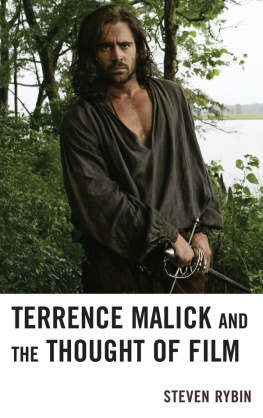

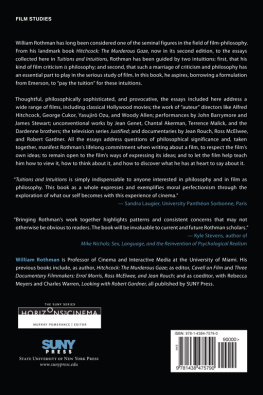

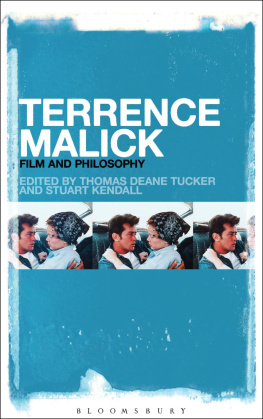
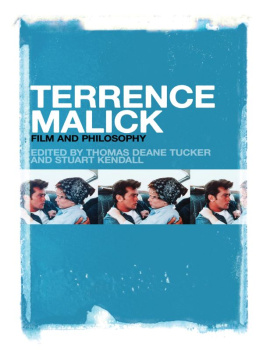
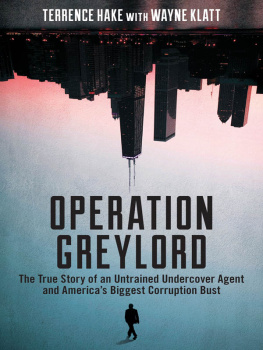
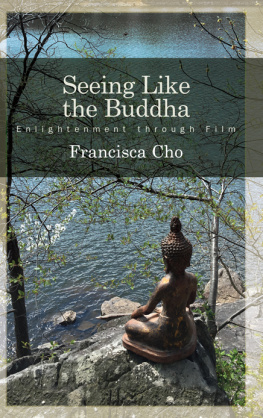

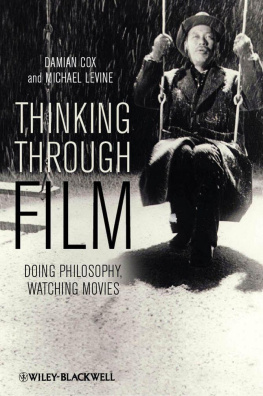

 The paper used in this publication meets the minimum requirements of American National Standard for Information SciencesPermanence of Paper for Printed Library Materials, ANSI/NISO Z39.48-1992.
The paper used in this publication meets the minimum requirements of American National Standard for Information SciencesPermanence of Paper for Printed Library Materials, ANSI/NISO Z39.48-1992.